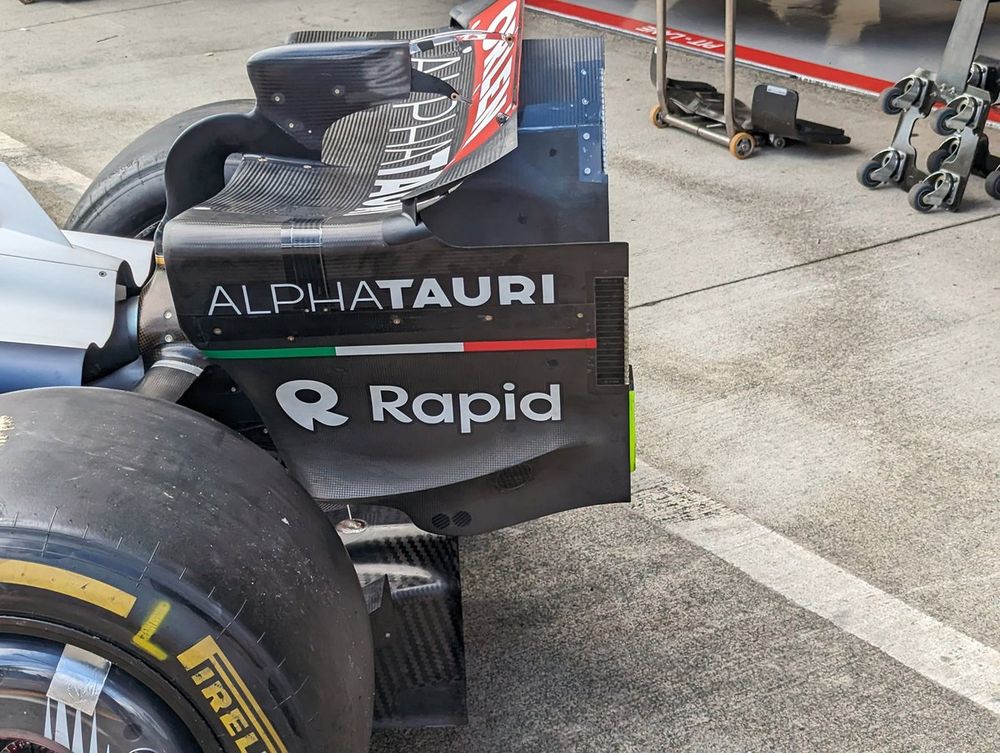
The aim of the update was to reduce some of the losses being generated along the floor's length, which in-turn will have helped result in an uptick in performance too.
The changes started at the front of the floor assembly, with the fences being slightly modified to ensure a better localised flow, whilst also improving quality downstream.


The shape of the fences and how they are buttressed to the leading edge of the floor have been altered. This will help alter the airflow’s relationship with the floor’s ceiling.
The floor's edge has been redesigned where it tapers towards the rear tyre, with the upward sloping surface now more deliberately arched downward before creating a lip on the floor’s boundary.
Meanwhile, the diffuser's sidewall, an area where Ferrari has already focused some of its resources, has also undergone changes to benefit from those alterations made upstream.

Ferrari was not alone in running a new floor, as Red Bull brought the update that it abandoned in Singapore as a consequence of the set-up confusion that hampered its race weekend there.
The changes with the new floor do not really cover any new ground. Instead, the details already found on the floor’s edge are simply exaggerated to provide an incremental performance boost.
The edge wing, which has featured the raised C-shaped profile in the forward section all season, has seen its size swollen when compared with the previous layout.
Meanwhile, the twisted scroll-like section thereafter now has additional camber. And where one strake was previously employed to coerce the airflow, there are now two.

Mercedes also joined the growing contingent of teams to employ a distinctive swage line in the lower half of their rear wing endplate.
First seen on the Aston Martin AMR23 at the start of the season, Alpine quickly followed suit, with McLaren, AlphaTauri and Williams all adding their own variant during the course of the season (see below).
The contour created in the rear wing endplates surface will have localised benefits, but also offers aerodynamic support to the surrounding elements and the flow structures they generate.












